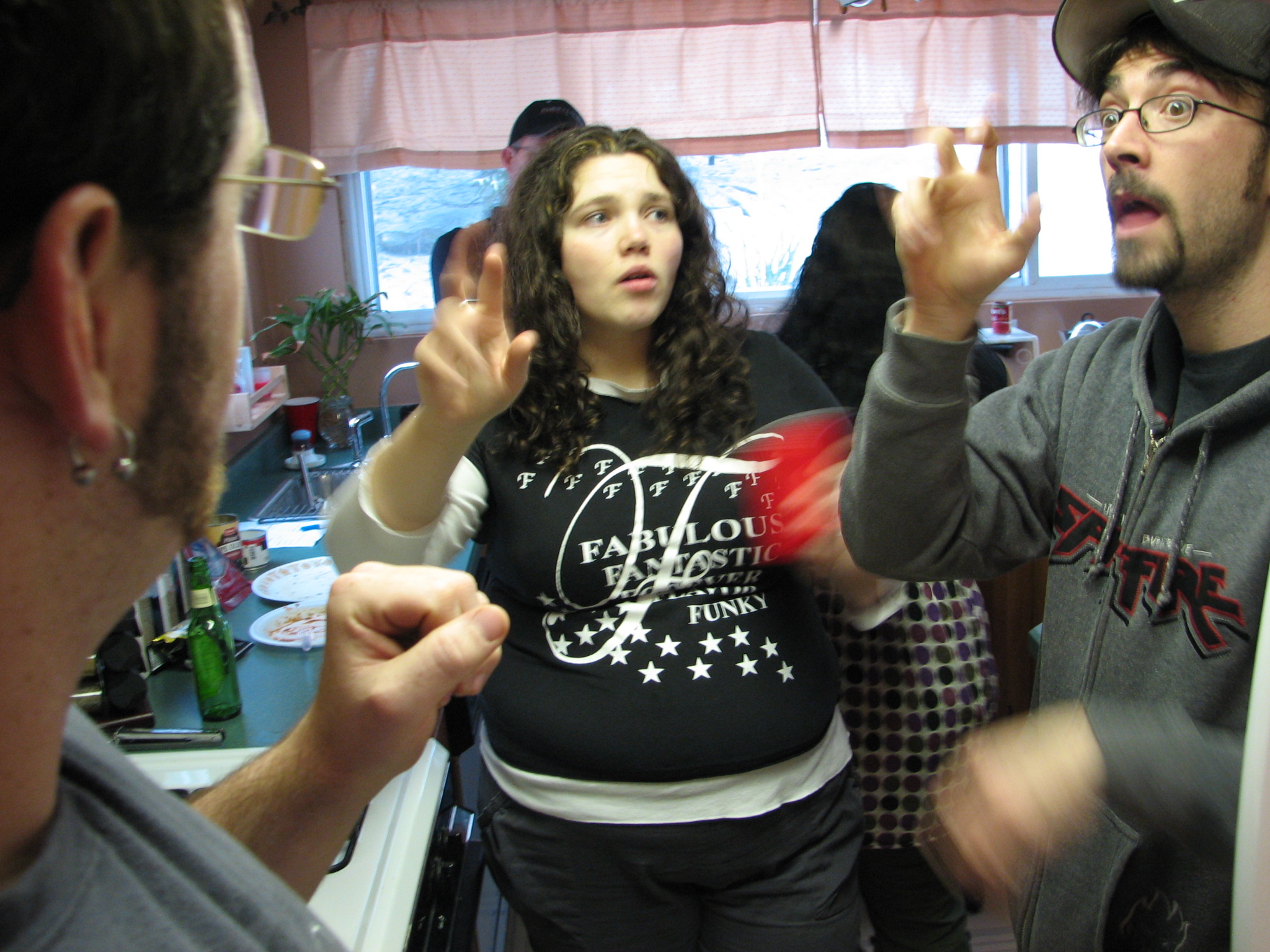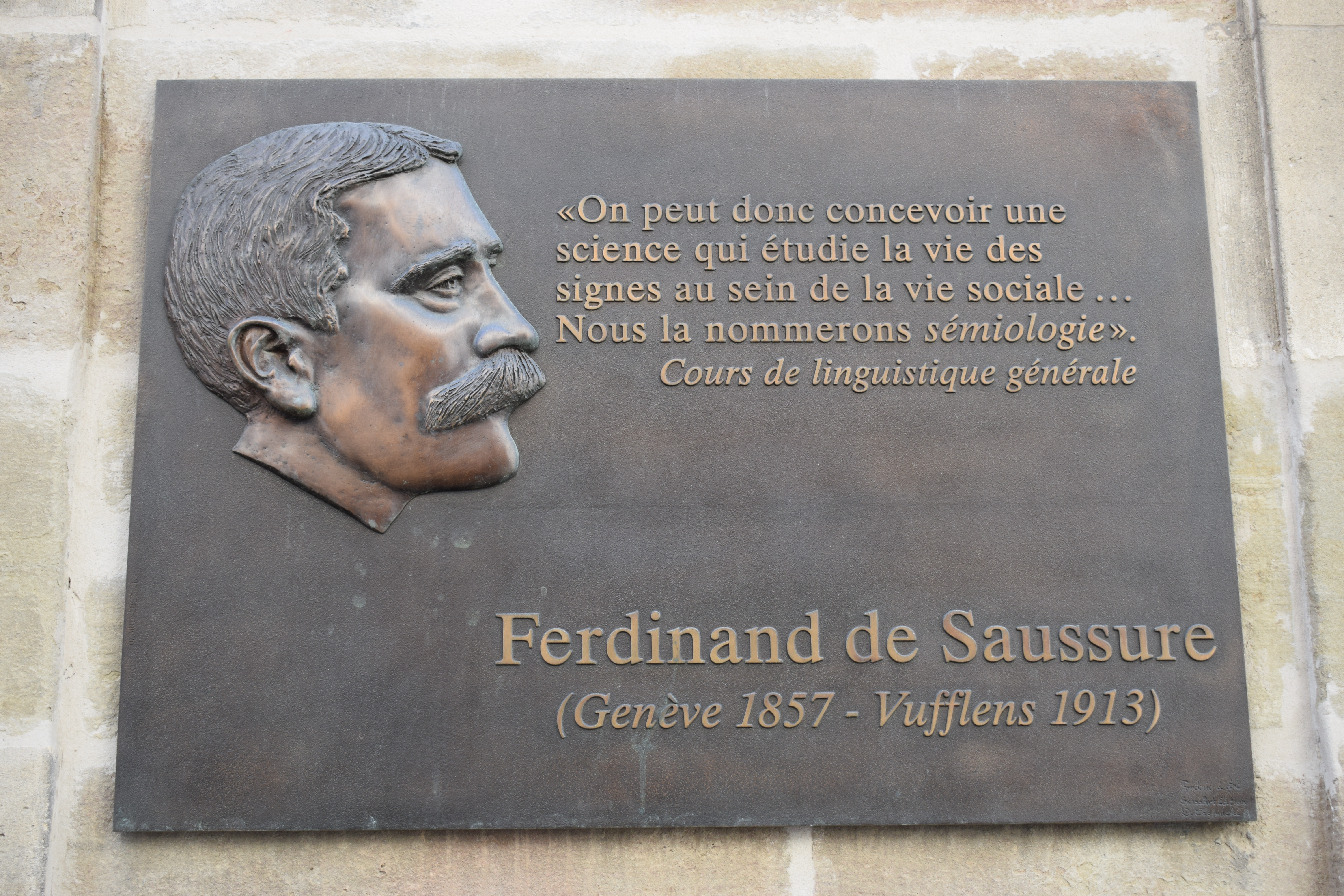|
Knud Knudsen (linguist)
Knud Knudsen (January 6, 1812 March 30, 1895) was a Norwegian educator, author, linguist and philologist, known as "The Father of Bokmål". He is best known for having assembled from Dano-Norwegian one of the two official written versions of the Norwegian language, Bokmål, one of the two official written versions of the Norwegian language. Biography Knud Knudsen was born at Tvedestrand in Agder, Norway. He was first adjunct professor in Drammen until 1846, when he was appointed headmaster at the Christiania Cathedral School, a position he held until 1880. Knudsen became involved in the development of the national debate which resulted in the '' Riksmål'' (later ''Bokmål'') and '' Landsmål'' (later ''Nynorsk'') forms of the written Norwegian language. As an educator, he had observed that students had difficulty writing in the Danish language, when they spoke the Norwegian language Norwegian ( ) is a North Germanic language from the Indo-European language family ... [...More Info...] [...Related Items...] OR: [Wikipedia] [Google] [Baidu] [Amazon] |
Tvedestrand
is List of municipalities of Norway, municipality in Agder counties of Norway, county, Norway. It is located in the Districts of Norway, traditional district of Southern Norway, Sørlandet. The administrative center is the Tvedestrand (town), town of Tvedestrand. There are many villages in the municipality including Dypvåg (village), Dypvåg, Fiane, Tvedestrand, Fiane, Gjeving, Gødderstad, Grønland, Agder, Grønland, Kilen, Tvedestrand, Kilen, Klåholmen, Kråkvåg, Agder, Krokvåg, Laget, Lyngør, Nesgrenda, Østerå, Sagesund, Sandvika, Agder, Sandvika, and Songe. The Tvedestrand (town), town of Tvedestrand has a white-painted town center with irregular streets climbing steep hills around the harbor. The natural environment of the area makes it a tourist destination. The municipality includes numerous islands, which makes it popular in the summer for boaters. The number of people in the municipality practically doubles in the summer, due to vacationers. There are approximat ... [...More Info...] [...Related Items...] OR: [Wikipedia] [Google] [Baidu] [Amazon] |
Landsmål
Nynorsk (; ) is one of the two official written standards of the Norwegian language, the other being Bokmål. From 12 May 1885, it became the state-sanctioned version of Ivar Aasen's standard Norwegian language (''Landsmål''), parallel to the Dano-Norwegian written standard known as Riksmål. The name Nynorsk was introduced in 1929. After a series of reforms, it is still the written standard closer to , whereas Bokmål is closer to Riksmål and Danish. Between 10 and 15 percent of Norwegians (primarily in the west around the city of Bergen) have Nynorsk as their official language form, estimated by the number of students attending secondary schools. Nynorsk is also taught as a mandatory subject in both high school and middle school for all Norwegians who do not have it as their own language form. History Norway had its own written and oral language— Norwegian. After the Kalmar Union, Norway became a less important part of Denmark. At that time, Danish was declared the writt ... [...More Info...] [...Related Items...] OR: [Wikipedia] [Google] [Baidu] [Amazon] |
Language Reformers
Language is a structured system of communication that consists of grammar and vocabulary. It is the primary means by which humans convey meaning, both in spoken and signed forms, and may also be conveyed through writing. Human language is characterized by its cultural and historical diversity, with significant variations observed between cultures and across time. Human languages possess the properties of productivity and displacement, which enable the creation of an infinite number of sentences, and the ability to refer to objects, events, and ideas that are not immediately present in the discourse. The use of human language relies on social convention and is acquired through learning. Estimates of the number of human languages in the world vary between and . Precise estimates depend on an arbitrary distinction (dichotomy) established between languages and dialects. Natural languages are spoken, signed, or both; however, any language can be encoded into secondary media usin ... [...More Info...] [...Related Items...] OR: [Wikipedia] [Google] [Baidu] [Amazon] |
People From Tvedestrand
The term "the people" refers to the public or common mass of people of a polity. As such it is a concept of human rights law, international law as well as constitutional law, particularly used for claims of popular sovereignty. In contrast, a people is any plurality of persons considered as a whole. Used in politics and law, the term "a people" refers to the collective or community of an ethnic group or nation. Concepts Legal Chapter One, Article One of the Charter of the United Nations states that "peoples" have the right to self-determination. Though the mere status as peoples and the right to self-determination, as for example in the case of Indigenous peoples (''peoples'', as in all groups of indigenous people, not merely all indigenous persons as in ''indigenous people''), does not automatically provide for independent sovereignty and therefore secession. Indeed, judge Ivor Jennings identified the inherent problems in the right of "peoples" to self-determination, as i ... [...More Info...] [...Related Items...] OR: [Wikipedia] [Google] [Baidu] [Amazon] |
Linguists From Norway
Linguistics is the scientific study of language. The areas of linguistic analysis are syntax (rules governing the structure of sentences), semantics (meaning), morphology (structure of words), phonetics (speech sounds and equivalent gestures in sign languages), phonology (the abstract sound system of a particular language, and analogous systems of sign languages), and pragmatics (how the context of use contributes to meaning). Subdisciplines such as biolinguistics (the study of the biological variables and evolution of language) and psycholinguistics (the study of psychological factors in human language) bridge many of these divisions. Linguistics encompasses many branches and subfields that span both theoretical and practical applications. Theoretical linguistics is concerned with understanding the universal and fundamental nature of language and developing a general theoretical framework for describing it. Applied linguistics seeks to utilize the scientific findings of th ... [...More Info...] [...Related Items...] OR: [Wikipedia] [Google] [Baidu] [Amazon] |
Einar Haugen
Einar Ingvald Haugen (; April 19, 1906 – June 20, 1994) was an American linguist and writer known for his influential work in American sociolinguistics and Norwegian-American studies, including Old Norse studies. Haugen was a professor at University of Wisconsin–Madison and Harvard University. He also served as president of the Linguistic Society of America, the American Dialect Society, and the Society for the Advancement of Scandinavian Study. Haugen was also a member of the Board of Editors of the Norwegian-American Historical Association. In 1972 he was awarded an honorary degree, doctor philos. honoris causa, at the Norwegian Institute of Technology, later part of the Norwegian University of Science and Technology. Early life and education Haugen was born in Sioux City, Iowa, to Norwegian immigrants from Oppdal Municipality in Trøndelag county, Norway. When he was a young child, the family moved back to Oppdal for a few years, but then returned to the Uni ... [...More Info...] [...Related Items...] OR: [Wikipedia] [Google] [Baidu] [Amazon] |
Norwegian Language Conflict
The Norwegian language conflict (, ) is an ongoing controversy in Norwegian culture and politics about the different varieties of written Norwegian. From 1536/1537 until 1814, Danish was the standard written language of Norway due to the union of crowns with Denmark. As a result, the proximity of modern written Norwegian to Danish underpins controversies in nationalism, rural versus urban cultures, literary history, diglossia (colloquial and formal dialects, standard language), spelling reform, and orthography. In the United Kingdoms of Denmark and Norway, the official languages were Danish and German. The urban Norwegian upper class spoke Dano-Norwegian () (Danish, with Norwegian pronunciation and other minor local differences), while most people spoke their local and regional dialect. After the Treaty of Kiel transferred Norway from Denmark–Norway to Sweden–Norway in 1814, Dano-Norwegian (or "") was the sole official language until 1885 when Ivar Aasen's Landsmaa ... [...More Info...] [...Related Items...] OR: [Wikipedia] [Google] [Baidu] [Amazon] |
Chauffeur
A chauffeur () is a person employed to drive a passenger motor vehicle, especially a luxury vehicle such as a large sedan or a limousine. Initially, such drivers were often personal employees of the vehicle owner, but this has changed to specialist chauffeur service companies or individual drivers that provide both driver and vehicle for hire. Some service companies merely offer the driver. History The term ''chauffeur'' comes from the French term for stoker because the earliest automobiles, like their railroad and sea vessel counterparts, were steam-powered and required the driver to stoke the engine. The chauffeur also maintained the car, including routine maintenance and cleaning, and had to be a skilled mechanic to deal with breakdowns and tyre punctures en route, which were very common in the earliest years of the automobile. Only the wealthy could afford the first automobiles, and they generally employed chauffeurs rather than driving themselves. A 1906 article ... [...More Info...] [...Related Items...] OR: [Wikipedia] [Google] [Baidu] [Amazon] |
Loanwords
A loanword (also a loan word, loan-word) is a word at least partly assimilated from one language (the donor language) into another language (the recipient or target language), through the process of borrowing. Borrowing is a metaphorical term that is well established in the linguistic field despite its acknowledged descriptive flaws: nothing is taken away from the donor language and there is no expectation of returning anything (i.e., the loanword). Loanwords may be contrasted with calques, in which a word is borrowed into the recipient language by being directly translated from the donor language rather than being adopted in (an approximation of) its original form. They must also be distinguished from cognates, which are words in two or more related languages that are similar because they share an etymological origin in the ancestral language, rather than because one borrowed the word from the other. Examples and related terms A loanword is distinguished from a calque (or ... [...More Info...] [...Related Items...] OR: [Wikipedia] [Google] [Baidu] [Amazon] |
Bjørnstjerne Bjørnson
Bjørnstjerne Martinius Bjørnson ( , ; 8 December 1832 – 26 April 1910) was a Norwegian writer who received the 1903 Nobel Prize in Literature "as a tribute to his noble, magnificent and versatile poetry, which has always been distinguished by both the freshness of its inspiration and the rare purity of its spirit". The first Norwegian Nobel laureate, he was a prolific polemicist and extremely influential in Norwegian public life and Scandinavian cultural debate. Bjørnson is considered to be one of the The Four Greats (Norwegian writers), four great Norwegian writers, alongside Henrik Ibsen, Ibsen, Jonas Lie (writer), Lie, and Alexander Kielland, Kielland. He is also celebrated for his lyrics to the Norwegian national anthem, "Ja, vi elsker dette landet". The composer Fredrikke Waaler based a composition for voice and piano () on a text by Bjørnson, as did Anna Teichmüller (). Childhood and education Bjørnson was born at the farmstead of Bjørgan parsonage, Bjørgan in K ... [...More Info...] [...Related Items...] OR: [Wikipedia] [Google] [Baidu] [Amazon] |
Danish Language
Danish (, ; , ) is a North Germanic languages, North Germanic language from the Indo-European languages, Indo-European language family spoken by about six million people, principally in and around Denmark. Communities of Danish speakers are also found in Greenland, the Faroe Islands, and the northern Germany, German region of Southern Schleswig, where it has minority language status. Minor Danish-speaking communities are also found in Norway, Sweden, the United States, Canada, Brazil, and Argentina. Along with the other North Germanic languages, Danish is a descendant of Old Norse, the common language of the Germanic peoples who lived in Scandinavia during the Viking Age, Viking Era. Danish, together with Swedish, derives from the ''East Norse'' dialect group, while the Middle Norwegian language (before the influence of Danish) and Bokmål, Norwegian Bokmål are classified as ''West Norse'' along with Faroese language, Faroese and Icelandic language, Icelandic. A more recent c ... [...More Info...] [...Related Items...] OR: [Wikipedia] [Google] [Baidu] [Amazon] |
Nynorsk
Nynorsk (; ) is one of the two official written standards of the Norwegian language, the other being Bokmål. From 12 May 1885, it became the state-sanctioned version of Ivar Aasen's standard Norwegian language (''Landsmål''), parallel to the Dano-Norwegian written standard known as Riksmål. The name Nynorsk was introduced in 1929. After a series of reforms, it is still the written standard closer to , whereas Bokmål is closer to Riksmål and Danish. Between 10 and 15 percent of Norwegians (primarily in the west around the city of Bergen) have Nynorsk as their official language form, estimated by the number of students attending secondary schools. Nynorsk is also taught as a mandatory subject in both high school and middle school for all Norwegians who do not have it as their own language form. History Norway had its own written and oral language—Old Norse, Norwegian. After the Kalmar Union, Norway became a Denmark–Norway, less important part of Denmark. At that time, Dani ... [...More Info...] [...Related Items...] OR: [Wikipedia] [Google] [Baidu] [Amazon] |





